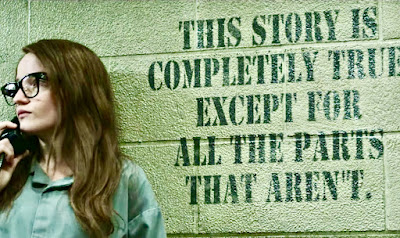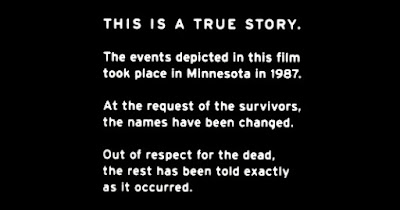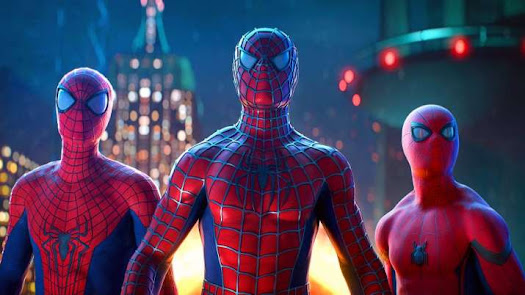For this edition of Musician Movie Cameo Monday, I take a look at a memorable scene in one of my favorite films, Stephen Frears’ edgy 2000 rom com HIGH FIDELITY. Based on a very relatable (at least to me) novel by Nick Hornby, the movie concerns John Cusack as Rob, a heartbroken Chicago record store owner, who comically reflects on his love-life. After a misguided phone call in which he tries to track down his first girlfriend, he plops down on his bed to contemplate reaching out to the rest of his top five failed romantic relationships.
“All of them, you know,” Rob tells the camera (he breaks the fourth wall throughout the film). “Just see them, and talk to them…like a Bruce Springsteen song.”
That’s when The Boss appears, playing licks on his Fender Telecaster, and responding to Rob by saying, “You call, ask them how they are, and see if they’ve forgiven you.” Rob smiles, and adds “Yeah, then I’d feel good, and they’d feel good.” Springsteen interjects, “They’d feel good, maybe, but you’d feel better.”
Rob basks in the idea, “I’d feel clean, and calm.” Springsteen concludes, “That’s what you’re looking for when you get ready to start again, it’d be good for you. You’d give that final goodbye and good luck to your old-time top five and move on down the road.”
The Springsteen song that this scenario most resembles is “Bobby Jean,” especially in the line, “And I’m just calling one last time, not to change your mind / But just to say ‘I miss you baby. Good luck. Goodbye, Bobby Jean.’” The version of Rob in the novel mentions this tune, and declares that, “I’d like my life to be like a Bruce Springsteen song.” So, obviously, the filmmakers took this notion further.
It’s notable that although this cameo is Springsteen’s first major movie role (if you don’t count concert films or rock videos), HIGH FIDELITY contains an excerpt of only one of his songs (“The River”). Meanwhile, Bob Dylan, who was Cusack’s first choice for The Boss’s part, has two songs in the movie.
In a later interview, Cusack explained how Springsteen’s cameo came about: “I just called Bruce, and said, ‘Look, I know this is a weird question, but do you want to play yourself in a film talking to me in my head?’ And he went, ‘Yeah!’ I’m like, ‘Wow!’ We started laughing.”
Cusack’s co-screenwriter, Steve Pink, said that The Boss was “like the magical Yoda that gives him the advice in his head,” and revealed that Springsteen had some input into the scene, “I’m happy to do this. But you can’t really say that they’ll feel better. You don’t really know that they’ll feel better.” This inspired the idea to change the line to “then they’ll feel good…maybe.”
Pink posited that this “helped our movie. He made it more sophisticated. And he was right.”
So the appearance of the celebrated rock artist in HIGH FIDELITY elevated the film in more than one way, and The Boss went on to an acclaimed acting career stealing movie after movie with his homespun persona. Okay, that didn’t happen, but with the guy’s unmistakable presence, it’s not a far-fetched premise.
Hornsby’s book, High Fidelity, was also adapted into a Broadway Musical, and a TV series which aired on Hulu in 2020. The part of Rob was gender flipped into Robyn, played by Zoë Kravitz, whose mother Lisa, was in the movie.
Many scenes in the show were variations or straight lifts of parts of the movie, so it was natural that they’d recreate the musician cameo fantasy. In this version, Robyn is visited by a vision of Debbie Harry of the beloved band Blondie, who spouts dialogue very close to Springsteen’s: “Well, maybe they won’t feel so good, but you’ll feel great!”
When I posted about HIGH FIDELITY celebrating its 10th anniversary in 2010 (not sure why I didn’t update that in 2020), I didn’t even mention the Springsteen cameo. This is weird as it’s such a crucial part of the narrative. I guess I’m making up for that now, which makes me feel good, and you’ll feel good too...maybe.
More later...






































